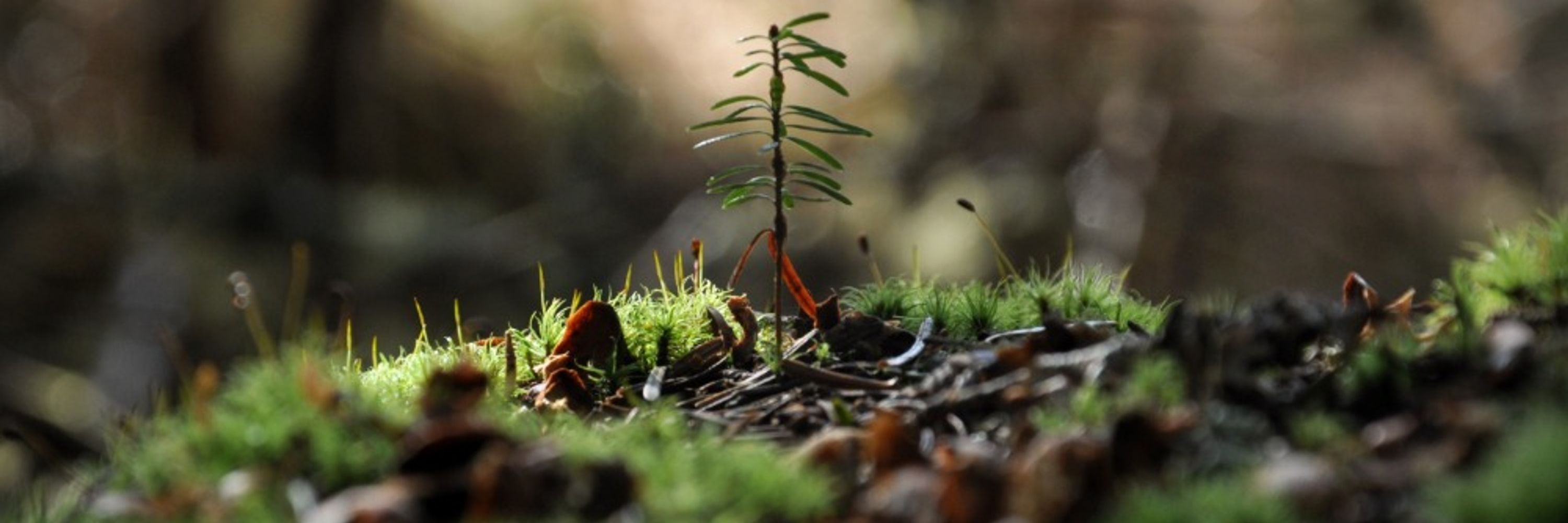Hannah Holland-Moritz
@hhollandmoritz.bsky.social
760 followers
300 following
34 posts
Microbial ecologist. Modeler. Moonlighting historian & language nerd. Opinions and spelling mistakes are my own. (she/her/hers)
Posts
Media
Videos
Starter Packs








